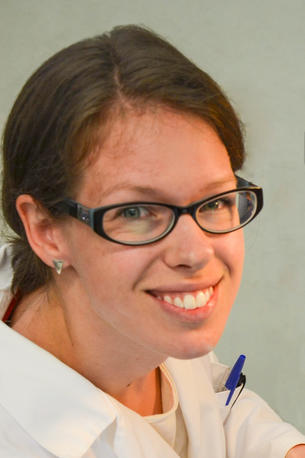Sammendrag:
Microorganisms are everywhere, they are inside of us, they surround us, and they are in the environment.
Environmental microorganisms can be useful, but some are harmful. Analyses can help us find out if we have organisms in our samples that cause harm. Before analysis, we often need to concentrate these tiny organisms so that we can find them.
In my work, I used the Trilobite® microfluidic chip to concentrate microorganisms. This chip separates and concentrates particles that are suspended in liquid.
Tiny (micro-) structures inside the chip guide the organisms into one of the outlets, so that they become concentrated. I then used a sensitive analysis method, based on genes, to detect both harmful microorganisms (waterborne parasites), and useful microorganisms (oil-eating bacteria).
This analysis method, called NASBA (Nucleic Acid Sequence-Based Amplification), was also a part of a total analysis system called POCNAD (Point-Of-Care Nucleic Acid Detection). This system should be able to test for organisms in such a simple manner that all we should need to do is to add a sample and press play.
In my work, I found new applications for the Trilobite® chip. The chip could be used for harvesting microscopic plants (microalgae), which are part of the future green economy with many uses for fuel, feed, pharmaceuticals etc.
Waterborne pathogens, however, were more challenging to concentrate but I developed a NASBA method useful for identifying some of these harmful organisms. I also developed a NASBA method for detecting useful oil-eating bacteria.
Although the POCNAD analysis system was simple in theory, my work showed that it was complex to use. In order to pull all the components together into a workable system, more research and development are necessary.